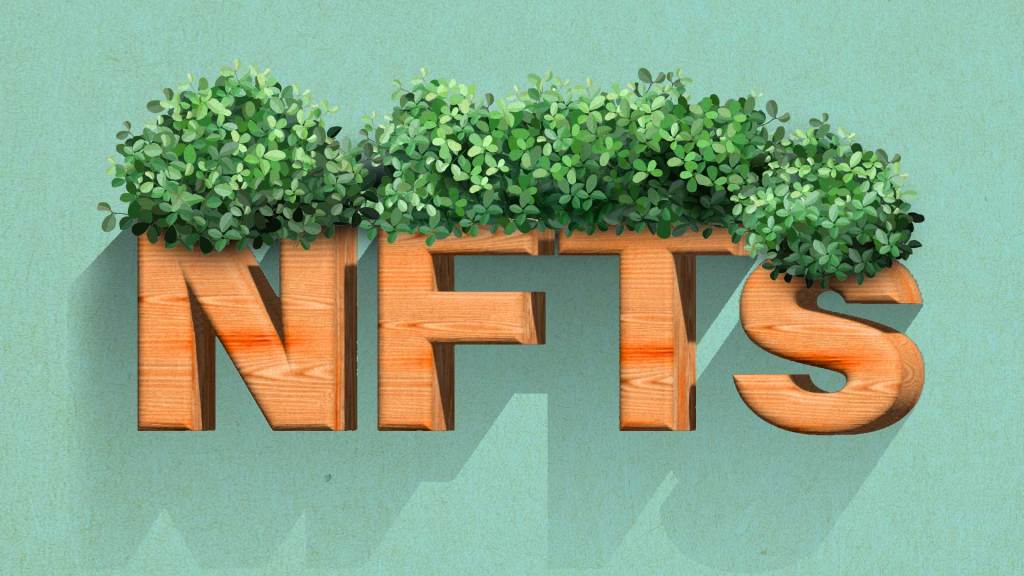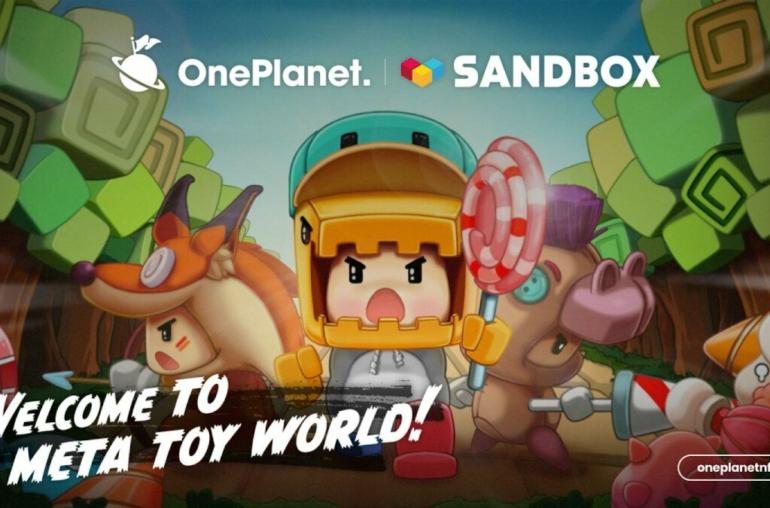VIP Subscriber
By Gavin Bridge
Senior Media Analyst
The NFT market may have dipped, but the long-term future of the format still has great potential.
This may seem surprising when assessing key NFT performance metrics. The value of NFT sales in August 2022 ($0.6 billion) were 14% of those seen a year prior ($4.5 billion). This is a direct result of the “crypto winter,” which suppressed the valuation of NFTs pegged to cryptocurrencies.
Yet the total number of NFT transactions rose by 4% versus August 2021, with 4.7 million recorded, and the sum of unique buyers per month is 73% that a year ago. There is still interest in the technology.
A key driver in increasing interest will be the impact of climate change. A majority of all age groups are already extremely or very concerned about this, and it should be anticipated that concern will increase as the effects continue to ramp up in the near future.
Finding greener alternatives to as many facets of current consumer behavior will gain more focus as extreme weather conditions continue. This is where NFTs have a role to play.
VIP+ partnered with consumer insights firm Maru to assess consumer perceptions of various activities and concepts that are either good or bad for the environment. Among younger consumers aged 18-34, the concept thought to do the least harm to the environment was “digital versions of physical products that don’t have any associated travel or packaging waste.” This is a description that could very easily apply to many of the NFTs entertainment companies are looking to launch.
The majority of consumers between 35 and 54 also think digital versions of physical products do the least environmental harm, interestingly coming ahead of carbon neutral schemes. That may be due to the activities needed to trigger a carbon neutral scheme, where the aim is not adding any more carbon to the atmosphere, whereas digital versions will reduce carbon emissions from manufacturing, travel and packaging waste.
Older consumers — who have the least to lose from climate change — harbor different views on what is harmful to the environment, likely in part to not wanting to alter existing behaviors. They are more likely to say collectible figurines are not harmful (62%) than 18-34s (42%) and 35-54s (45%) and harbor a skepticism about NFTs even if stored on carbon neutral blockchains.
After explaining carbon neutral NFT platforms to survey takers in greater detail, a majority of all age groups say that NFT versions of physical collectibles are better for the environment. This represents a core messaging angle for future entertainment-company NFT collectible lines.
Educating consumers on this and being seen as taking a lead on environmentally friendly issues will result in increased public perception and represent a PR gain for those that take these steps now.
This is furthered by close to half of 18-34s and those over 55 and just below that mark for 35-54s, saying that knowing there are carbon neutral NFTs positively impacted their perception of NFTs.
Younger consumers are already keenly in tune with the risks of climate change (with our survey finding 83% of 18-34s have some level of concern). They are also more likely to already have NFTs — see VIP+’s “Demographic Divide” report — and so can be expected to drive the push to digital collectibles within the next few years.
It is for this reason the NFT format will continue to grow in scale as climate change worsens. There remain issues for the technology to work out, such as perceived complexity to own and the possibility of an NFT being a scam or investment risk.
Pricing is another, as many entertainment companies have set a floor price of $50 per NFT purchase for their initial offerings, which needs to be lowered to reach the mass market both domestically and internationally.
VIP+ anticipates growth to pick up in relationship to environmental concerns. Companies looking to enter the space will be smart to begin signaling within the next year that they are doing so in part for environmental reasons and select sustainable platforms to do so.
These factors are obviously very different from the short-term ones behind the boom and bust of the NFT market in the early 2020s. Expect the future NFT market, therefore, to be very different to that of the present.
The Business of Entertainment


